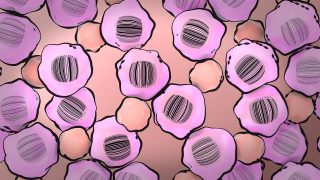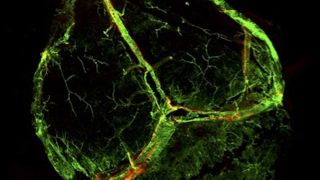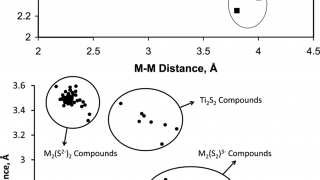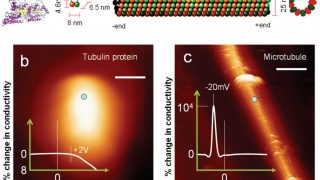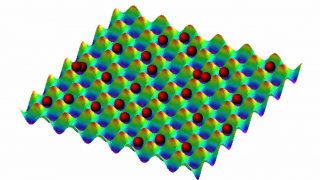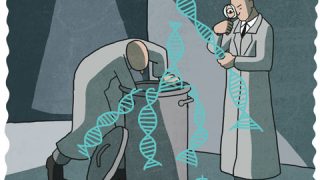
Not so junk DNA: microRNAs and schizophrenia
Back in 2001, the Human Genome Project gave us a complete readout of our DNA, unraveling that magic sequence of As, Gs, Cs, and Ts that contained all the information for making one of us. Thanks to that, we now know that in that sequence only 1.5% has information to make proteins, a fact that […]

